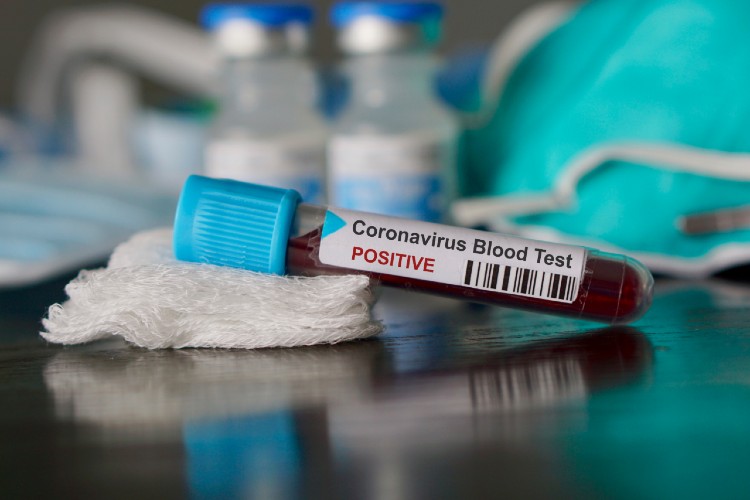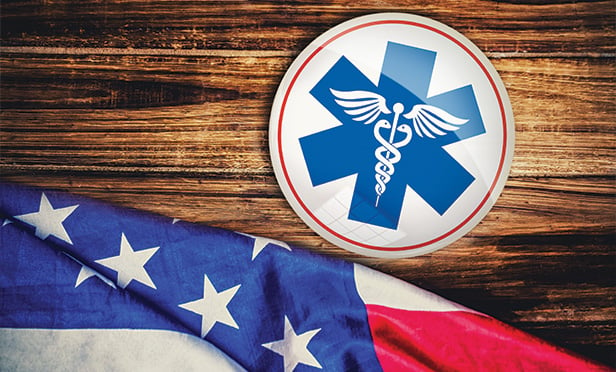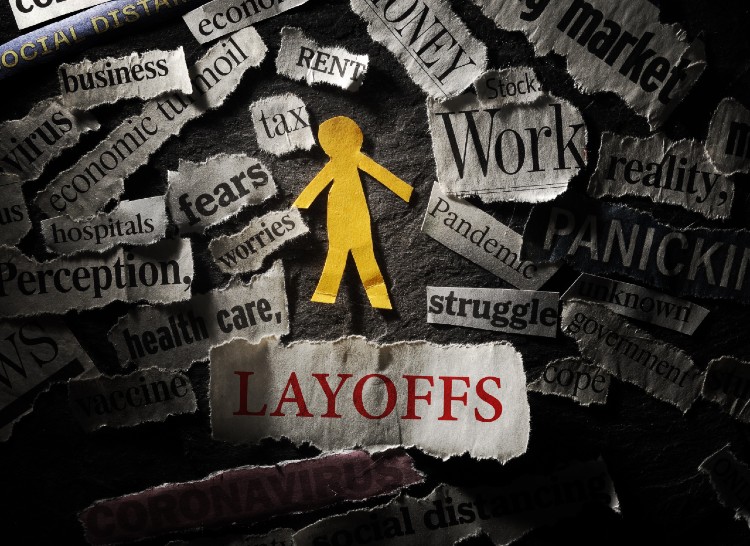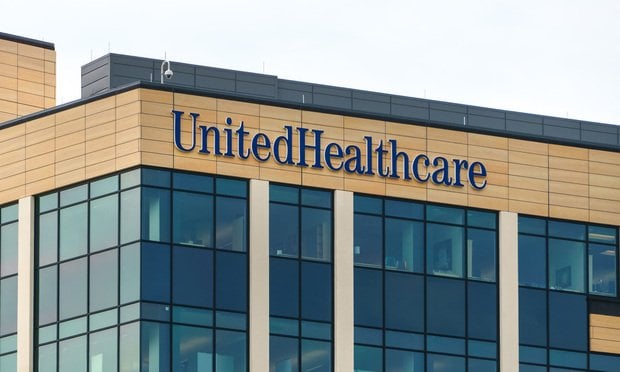 The rising confusion surrounding coronavirus testing and medical care affects a wide variety of people: patients, employers, lab facilities, insurance carriers and Medicare and Medicaid.
The rising confusion surrounding coronavirus testing and medical care affects a wide variety of people: patients, employers, lab facilities, insurance carriers and Medicare and Medicaid.
Here are answers to some of the questions benefits advisors, employer and employees may have now.
|What are the symptoms of coronavirus?
A fever, dry cough, and shortness of breath are common 2-14 days after exposure. Rather than going to their primary care physician's office, patients should call their doctor or the health department and get advice on whether to seek a test for the virus. Testing is available in every state. The number of tests and the facilities qualified to perform them will increase over time.
More serious symptoms which require emergency medical attention include:
- Difficulty breathing or extreme shortness of breath
- Persistent pain or pressure in the chest
- New confusion or inability to rouse the patient
- Blue coloring on lips or face
"Should I get tested?"
Recommended For You
Complete your profile to continue reading and get FREE access to BenefitsPRO, part of your ALM digital membership.
Your access to unlimited BenefitsPRO content isn’t changing.
Once you are an ALM digital member, you’ll receive:
- Breaking benefits news and analysis, on-site and via our newsletters and custom alerts
- Educational webcasts, white papers, and ebooks from industry thought leaders
- Critical converage of the property casualty insurance and financial advisory markets on our other ALM sites, PropertyCasualty360 and ThinkAdvisor
Already have an account? Sign In Now







